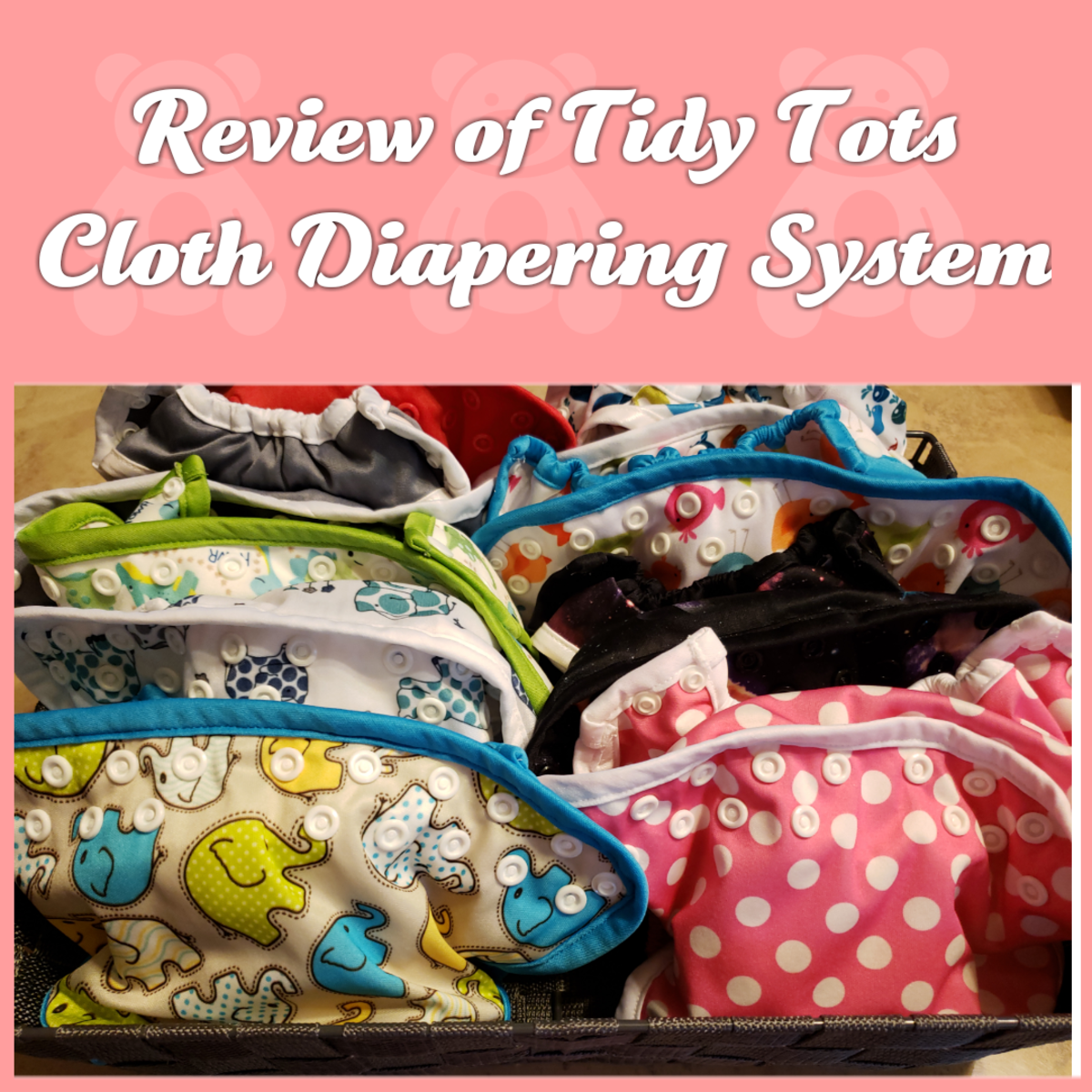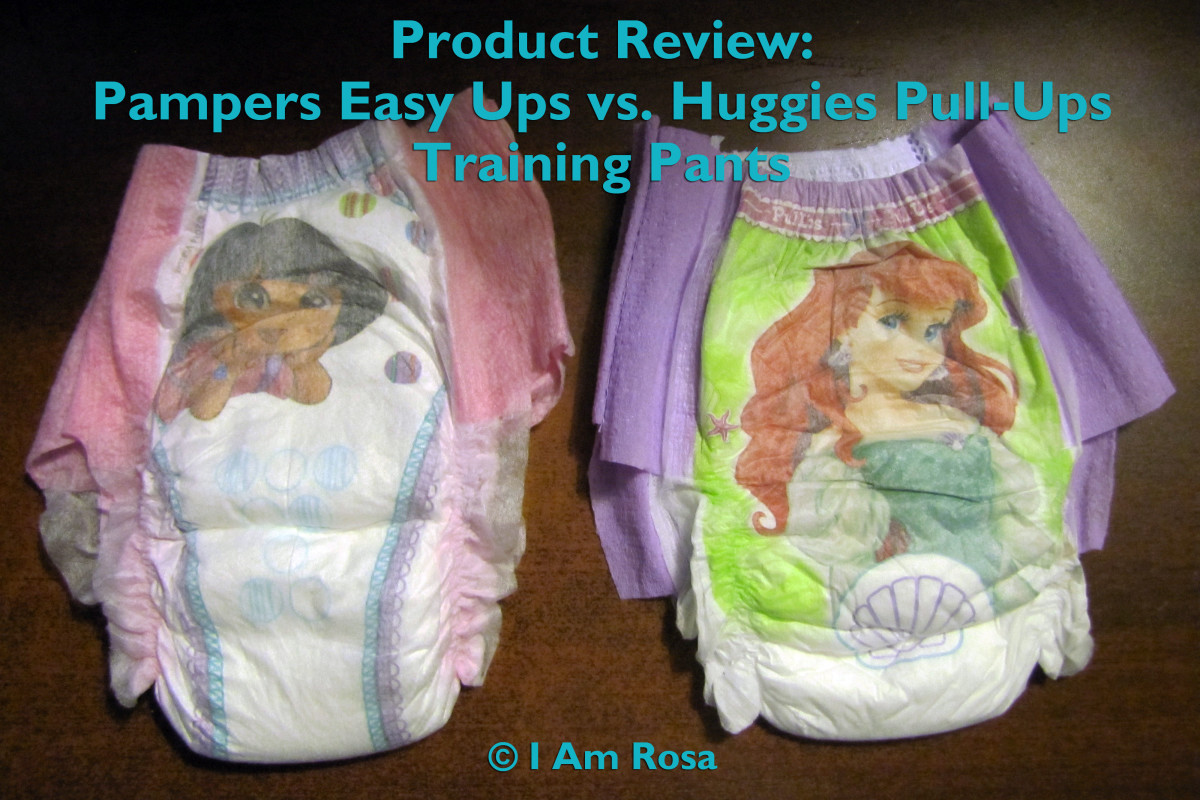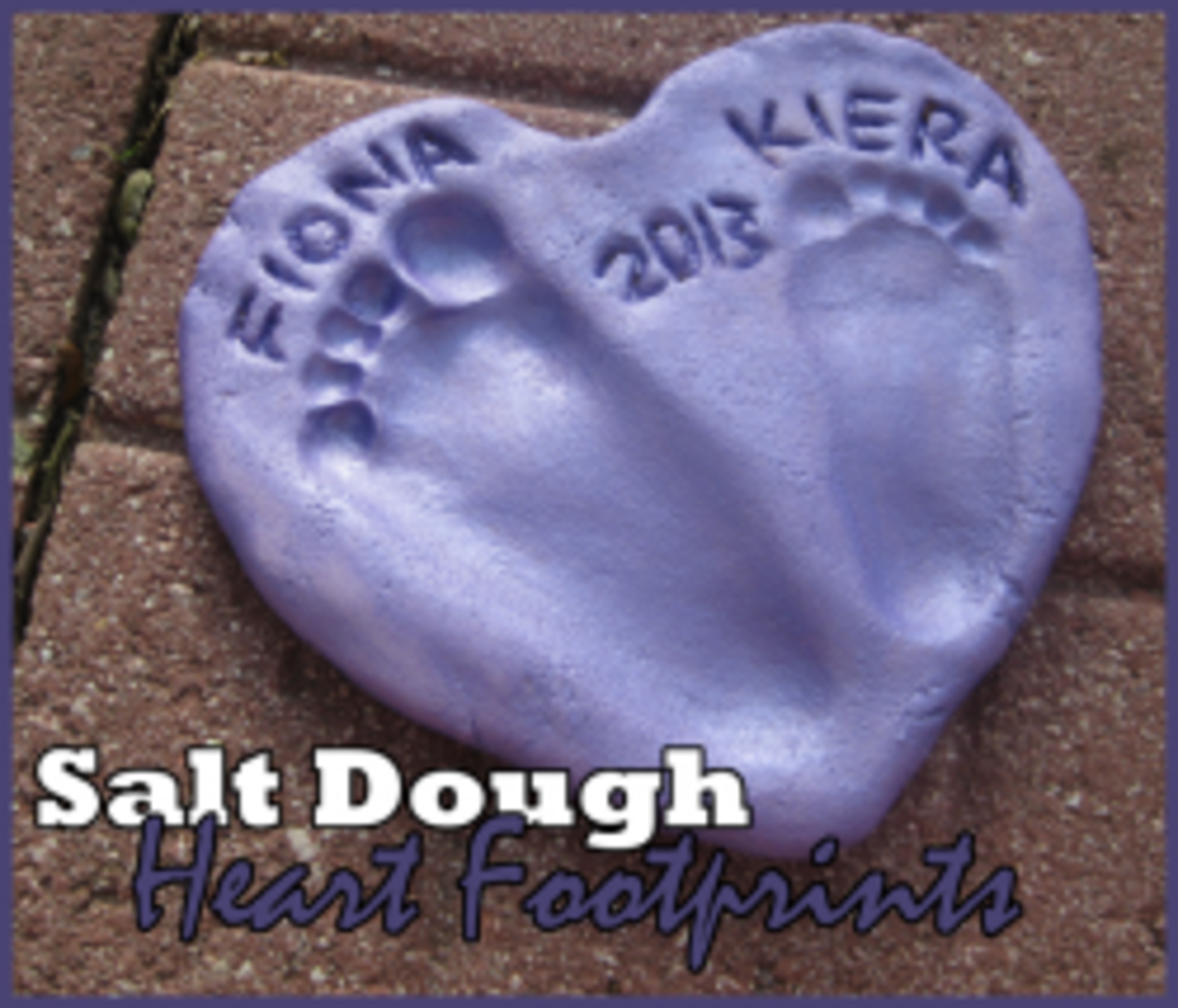Pregnancy - Cloth Diapers - How To Wash
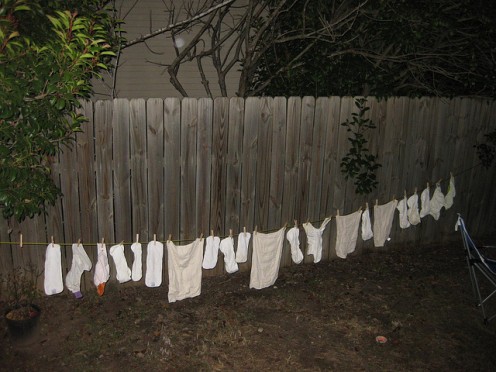
Why Cloth Diapers?
Lets put the money aside for now and focus on health and the environment. No doubt about it, cloth diapers are the healthiest way to diaper your baby. Unbleached pre-fold diapers are greener than any eco-friendly disposable diaper out there. Pre-fold diapers unlike many of the fancy snap pre-fit diapers, wash easily in a front load washer, and dry quickly in a dryer, better yet line drying in the sun. The process of making disposable diapers is energy intensive and requires more than just plastic and wood to create, but a whole host of other renewable and nonrenewable resources. I'm not arguing that cotton or hemp diapers are not processed and don't use up any renewable and nonrenewable resources, they do, but the process is done and over using fewer resources and chemicals in the process. If you take care of your cloth diapers, it's not unheard of to diaper four children from newborn to toilet learning from one set of 4 dozen diapers. Your diapers could potentially last for 8 -10 years before being relegate to the rag pile and recycled! Recycling disposable diapers is not cheap nor is it sustainable and friendly to the environment, a lot of work goes into recycling disposable diapers and its still not accessible for most people. The real healthy part here is reducing the overall time a child is in diapers. Cloth diapered babies tend to toilet learn quicker than disposable diapered babies. Babies who sport cloth diapers know when they are wet, and identify with the desire to avoid wetness, which encourages earlier use of the toilet. Disposable diapered babies have moister wicked away by gels and the outer encasing material, usually plastics, making them less aware of the sensation of wetness and slower at making the connection between the sensation of urination and wetness and the obvious discomfort of being wet. Studies have shown that testicular temperature is important factor to healthy fertility. Wearing plastic coated diapers that are not meant to let any moisture leave it's casing, increases the temperature within the diaper, raising the temperature next to your baby's scrotum. One of the biggest problems I find with folks who fall into using disposable diapers is infrequency of diaper changes. Parents believe their baby does not feel wet, so its not necessary to change them as often. Regardless of which diaper you choose, babies need to be changed a minimum of 6 -10 time a day! You can't rationalize, rationing disposable diapers, babies are in diapers for almost 24 hours a day.
Cost:
It cost about .20 a disposable diaper if buying from a big box store. If you change your baby 6 - 10 time s a day its somewhere between $1.20 - 2.00 day to diaper your child (not inculding wipes). Approximately $438.00 - $730.00 per year. Children start toilet learning between the ages of 2 -4. Many parents opt for pull up style pants aka diapers, which cost .34 each at a big box store. You might be in this style of disposable diaper for at least a year or two, possibly longer, you can do the math from here. When you start pricing out cloth diapers you'll see that even premium cloth diapers won't come close to breaking the bank compared to disposables. Cloth diapers can be reused again to diaper another child or more. Your disposable diaper cost doubles and triples putting you into the thousands which could have been used towards an education fund for your child or more important household expenses.
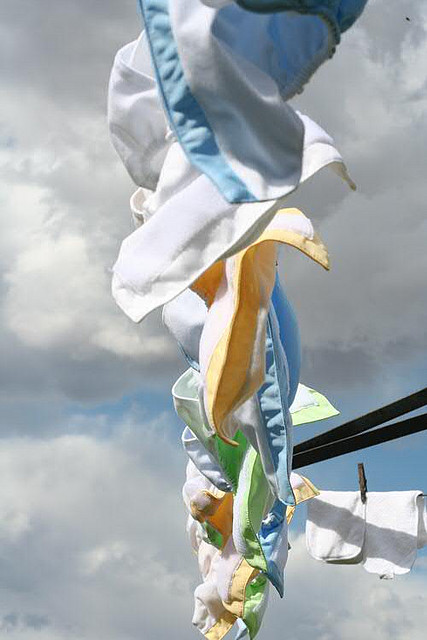
Choosing The Right Cloth Diaper
There are many brands of cloth diapers on the market these days. As a previous parenting supply retailer I remember all the inventory that I stocked to meet the needs and desires of cloth diapering parents out there. My experience gave me an opportunity to test drive many different brands of cloth diapers over my almost 23 year cloth diapering journey. I have had the joy of fully cloth diapering 8 of my children.
Hands down my favourite are pre-fold or flat diapers. They are the most economical choice and eco-friendly in my opinion. There are many place to buy unbleached and even organic pre-fold diapers online. I have purchased Bummis 100% certified organic cotton twill pre-fold diapers and other unbleached birdseye cotton prefold diapers from online retailers usually for under $20.00 a dozen. I recommend having 3 - 4 dozen cloth diapers. Pre-folds are the best cloth diapers in my opinion because you may only need one size, 7 -20 lbs might be all you need until your baby is ready for toilet learning. If necessary you can get the next size up 15 -40 lbs.
Pre-folds don't require pins or fasteners if you go with a wrap style diaper cover where you lay the diaper in and use the snap wrap to secure the diaper, having said that, I always use my pins. My favourite diaper pins are made by Dritz, who make a slightly curved pin that rocks upward away from baby when pinning. Remember its not important to put the diaper pin through all the fabric, you just need enough to hold the two sides together. Always have a hand under the area you are pinning. I've used Snappi Fasteners which are also a good option for securing pre-fold diapers, but pins are still my go to.
Diaper Covers
Wool
Wool diaper covers also known as wool soakers are my first choice. Wool is naturally anti-bacterial and can absorb up to 30% of its own weight in moisture. Wool is a natural fiber, perfect for a diaper cover. It encourages air to circulate, which keeps baby's bottom dry, this helps keep baby cooler and inhibits diaper rash. You only need two or three at a time wool covers to start.
Using Wool Covers Is A Breeze! Wool dosen't hold odor, your covers need only to be dried in between use and washed every 1 - 3 weeks, unless soiled. I turn the used cover inside out and place it somewhere to dry out of direct sunlight and use a dry one throughout the day. You should lanolize your wool soakers before their first use. Fill a basin or sink with warm water and dissolve two pea size drops of Lansinoh or other pure lanolin into the water. Place your soaker in the water and let sit 5 minutes, turn the cover inside out and repeat, then follow the drying instructions below. Remember not to use soap when adding lanolin to you covers.
Cleaning Wool Covers: It's as simple as soaking them in cold water with Eucalan wool wash, or natural baby shampoo for 20-30 minutes. Never agitate wool as it will begin the felting process which will make your covers shrink. Just roll up your cover and run it under some cold clean water to rinse the suds out. I lay my covers in a towel and roll it up to removed excess water. Lay flat to dry avoid long periods of direct sunlight.
PUL - Poly Urethane Laminate
Covers made with PUL are usually machine wash and often dryer safe. Kissaluv offers a great one size option with their, Marvels one size diaper cover, a very economical choice as you won't require purchasing more than one size. I'm all for avoiding velcro when possible when cloth diapers are concerned. Nothing worse that a ball of diapers and covers, stuck togehter because of velco. Over time and use, velcro requires some lint picking to restore it's hook and loop capability, snaps are where its at when diapering!
Note: keep in mind newborn babies don't wet heavily for several weeks. Diaper covers are not usually necessary when at home, especially if your wee one sleeps on a sheared lambs wool blanket. Please do not let your baby sleep on a lambs skin. The chemicals used in the tanning process of the hide are not conducive to a healthy sleep environment for any child. In my 23 years of parenting I have only ever used a Snuggle Wool blanket, they become our portable baby bed when traveling and camping.
Keep in mind if you knit you can create your own wool diaper covers, it's also possible to deconstruct wool sweaters and sew your own diaper covers. making your own covers is frugal but fun, imagine the designs and unique covers you can make, get your Google on and look at the free patterns available.
A few links for quality diaper covers:
Aristocrats wool covers: This pure wool pull-on diaper cover (soaker) is made in a stretchy, double-layered knit designed for extra absorbency and protection.
Imse Vimse Diaper Covers: A premium diaper cover that allows maximum air circulation while still offering the best protection against leaks.
Bummis: Super Snap a durable, heavy-duty elastic around legs and tummy, which will not wear out with repeated washing, soft polyester knit bindings for a comfy, stretchy fit, and a leak-proof seal.
Kissaluv: Kissa's, made with super-soft, minimally processed Australian wool, the Wool Lovers are a perfect, natural and breathable alternative to PUL covers.
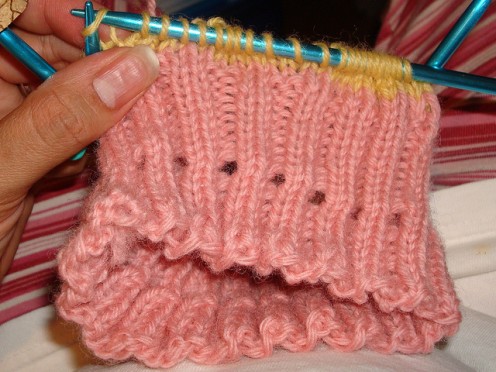
Cloth Diapers?
view quiz statisticsWashing And Caring For Cloth Diapers
Dry pail Method
We use a simple white pail often available for free from restaurants (empty vegetable oil pail with lid) I line my pail with an XLarge Bummis diaper tote which has a convenient draw string and toggle to help secure the bag around the pail and still allow for the lid to rest on top. I have also used a small Rubberrmaid pail with lid.
If your baby is not eating solids yet, there is no need to rinse diapers before putting them in the pail. Breastfed poop is loose and will take care of itself in the wash. Once your baby is eating solids, you will need to shake the poop into the toilet and flush before putting the diaper in the pail. When you have a load diapers to wash, this can be done every other day if you have enough cloth diapers and covers on hand. Folks who opt for disposable diapers are not suppose to wrapping their babies poop up into little tight parcels and placing them in landfills, they too are suppose to remove feces from the diapers before disposal, something I have yet to see a disposable diapering parent do.
When you have a load diapers to wash, this can be done every other day if you have enough cloth diapers and covers on hand, put the diapers in your washer. Note: Front load washers are great, they use less water and are very efficient in regard to the energy they use. They do a great job cleaning diapers, removing excess water in the rinse cycle, thereby shortening the time needed to dry them. Use a soap recommended for your front load washer, something gentle enough for use on baby's clothing, we use ECOS laundry soap in our home. Avoid laundry soap with whiteners, no need for bleach or fabric softener when washing cloth diapers, these products can cause rash in a baby and deteriorate your dippers very quickly. When possible sun drying your diapers is best, the sun will naturally bleach your diapers and help remove stains.
Back to the wash, if your machine has a pre-wash setting or soak setting, put your diapers on this cycle first in cold water only, then wash them in hot wash/cold rinse on a normal wash setting. We have a sanitize setting on our front loader that I use on occasion to freshen up my diapers.
Line drying is best, for more than just economical reasons, as I mentioned before the benefits of sun drying and stain removal are great. If you are using the dryer, make sure you add some dryer balls to the load. Dryer balls can be scented with lavender essential oils or tea tree oil. I have a hub that explains the why and how of dryer balls. Essential oils not only add a pleasing scent to the laundry, but some have antibacterial and antiviral properties.
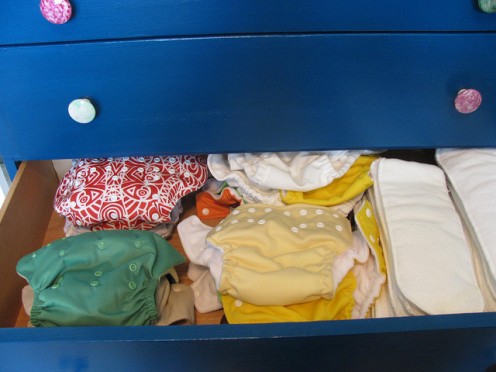
Miscellaneous Diapering Supplies
Even thought hey are lsited under miscellaneous, they are more necessary than not.
Reusable Diaper Wipes:
Here's a link to an other Hub I have created that explains how to make your own flannel bum wipes FBW's, you'll need 3 - 4 dozen. Reusable wipes are better than any toss away wipes you'll find. They are simple to make or you can buy inexpensive facecloths and use them as wipes. I tell all moms who use disposable wipes to give them a test drive on themselves. Even the wipes that claim to be for sensitive skin can burn like the dickens! Imagine a baby with the onset of a rash or full blown yeast infection. Even natural wipes that contain citric acid used as a natural preservative can burn like the blazes. Phthalates which can be found in fragrances and perfumes are suspected carcinogens and hormone disruptor, they are often found in baby wipes and cosmetics. Using reusable baby wipes at home is easy, when you need them wet them with warm tap water, if needed use a mild soap, toss the soiled wipes into your diaper pail. When your on the go simply soak a few wipes in a bowl of water with a few drops of calendula oil and lavender oil, wring them out loosely and put in a zip lock baggie or waterproof container.
Diaper Pins:
I have never worried about sticking my baby with a pin. The goal of pinning a diaper together is getting it to stay together. No need to try and stuff all that fabric into the pin, what will your new born be doing that require all that extra security? Like I mentioned above, I always use my pins. My favourite diaper pins are made by Dritz, who make a slightly curved pin that rocks upward away from baby when pinning. Remember its not important to put the diaper pin through all the fabric, you just need enough to hold the two sides together. Always have a hand under the area you are pinning. I've used Snappi fasteners which are also a good option for securing pre-fold diapers, but pins are still my go to.
Waterproof Bag For Outings:
It's a good idea to have extra waterproof bag to keep in your diaper bag for soiled diapers. I used a small waterproof tote from Bummis, it's washable, reusable and just the right size for a few wet diapers and covers.
Cheers
Grace



